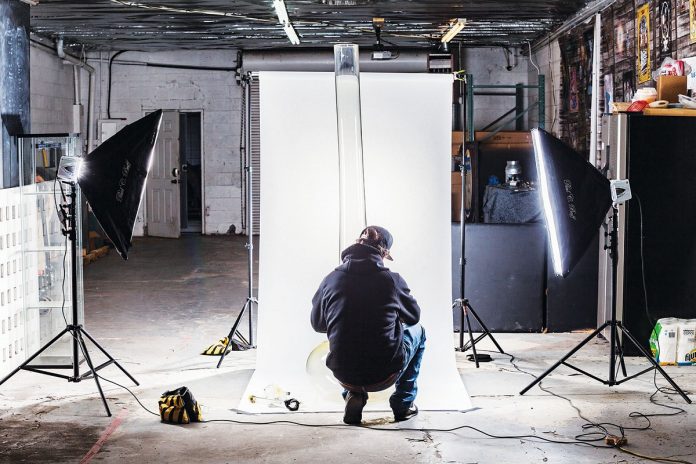In 2003, the feds stripped me of my business, Jerome Baker Designs, one of the leading glass producers on the West Coast at the time. Called Operation Pipe Dreams, the nationwide sweep of “drug paraphernalia” manufacturers and sellers led to the arrest of dozens of people and sent Tommy Chong to jail for one year. I served a year of house arrest and got out of the pipe-making business for a while.
It wasn’t until 2009 that I felt comfortable bringing it all back. In the interim, I had begun selling skateboard and lifestyle gear under the JBD brand. We were MySpace masters. I also used forums such as GrassCity, a large virtual community in the cannabis space, as well as TokeCity and GlassTalk.
Before I was arrested, there was no social media. When I returned to making glass art, the age of social media was in full swing. The ability to get my voice out there within the cannabis community proved extremely powerful. Using social media was a really big move for me.
I dove right into Facebook. And then Instagram popped. For an artist, Instagram is a very, very useful and fluid way to show off artwork; show off the process and details and everything else. People can get into it that way. As an artist, the work tells the story. Instagram is a great outlet for the art we create.
You have to work social media. It’s like a job. Celebrities don’t have to push too hard, but the majority of us, if you want to build a following that doesn’t unfollow for stupid reasons, you’ve got to engage them somehow. Initially, Facebook was great. We got moving with Facebook. But again, for an artist, Instagram was a little bit better visually and it tells the story better.
If you reply to comments, if you engage your audience in a number of different ways, you’re going to get feedback. I don’t sit and try to sell pieces on my Instagram all day long. If somebody wants to buy stuff, they can go to my website, which is linked at the top of the @jerome_baker feed, or they can visit the Las Vegas Dream Factory feed (@lvdreamfactory) to see the available pieces.
On the Jerome Baker page, I try to tell not only my story, but also the story of cannabis. What is this lifestyle all about? The most engaging content tells people a good story. That’s how I built my following. I can watch it grow, seeing where and how the numbers grow and for what reason. I can see when people unfollow me, like every other Instagram user can with their own followers, so I can tweak the feed and engage a different way next time.
Influencers on social media are a great way to expand brand awareness. Many are comedians or hotties; some have gathered 1 million or more followers because they have a nice butt or they eat weed or do some other stunt. I message them: “Hey, I’ll give you free products if you’ll put my website link in your bio.” Or, “I’ll give you a discount code to give out to all your followers, and for everybody that orders I’ll pay you.” I do different things like that to convince social influencers to be on my team. Getting them on your side and putting your word out there is key.
As beneficial as it can be, social media also puts brands at risk of having their reputation damaged. By the time you’ve earned thousands of followers, you’ll attract haters and trolls––people who make nasty comments or rile things up just because they can. I’ve seen good companies destroyed by ex-employees who opened twenty social media accounts to disgrace the company. Sometimes, revealing the company’s products are made in China was enough to sow discord. Other times, claims that a product made someone ill—whether or not the accusation was true—caused irreparable harm. It’s important you think long term. Doing businesses is a marathon, not a sprint. Serve your customers well, treat your employees right, and don’t let the haters bring you down.
Next year, I will celebrate my thirtieth year of selling products in head shops. I know it’s not easy to market to cannabis consumers. We can’t sell items through Facebook, Instagram, or other social media. Just like banking rules limit our financial options, so too do social media and other online advertising rules limit our marketing options. As an industry, we could look at that and say, “Gosh darn it, I can’t do this, I can’t do that.” Or we can say, “Well, what can I do? How can I get people to see this product and click through to my website?” Then, we can implement what we determine is the best marketing program. The latter is the approach I’ve chosen to take.
With COVID-19 leading to so many people working from home, being adept at social media is more important than ever. At the end of the day, it’s about creating quality content at scale.
Don’t be afraid to create. If you are, you give your competitors an edge.













